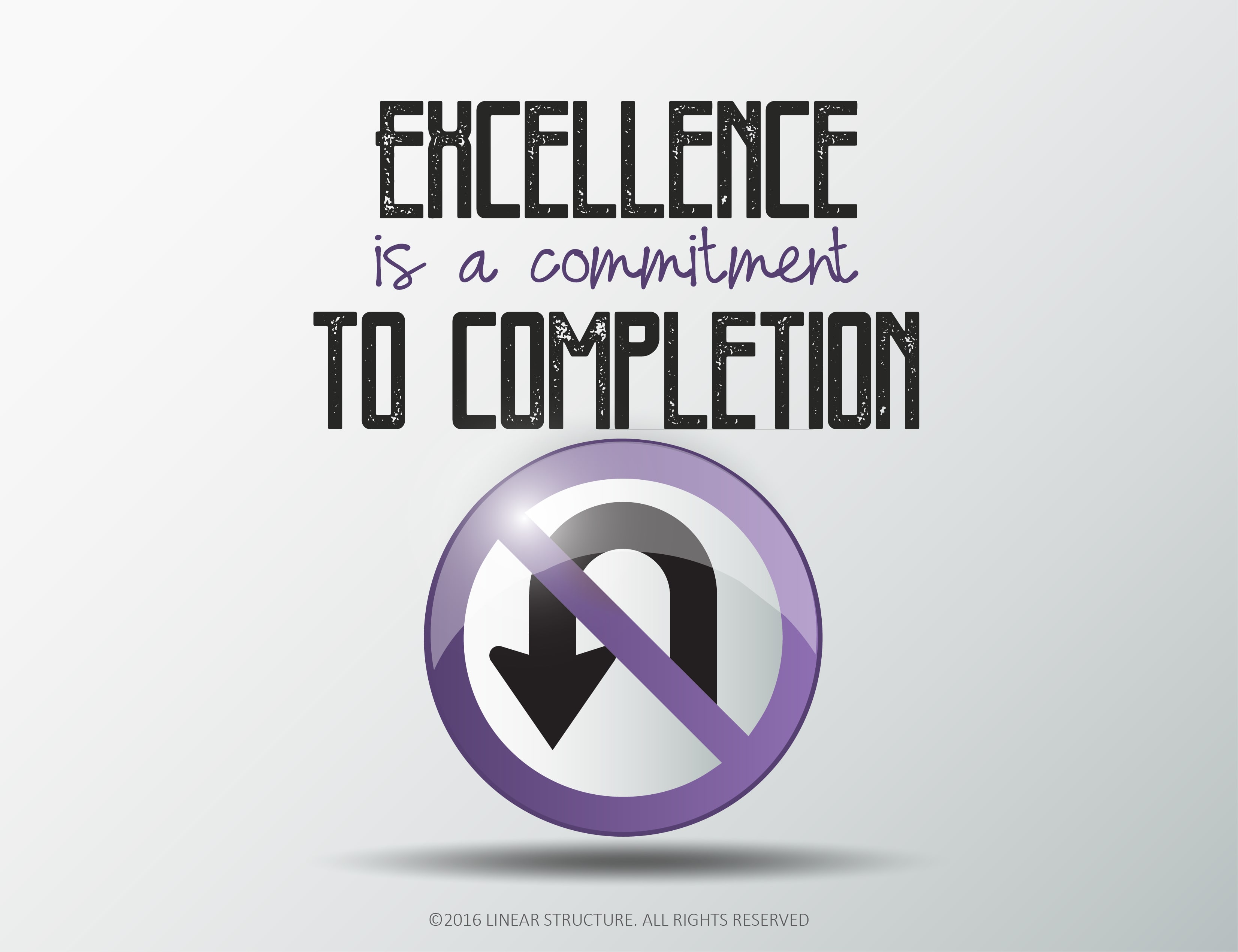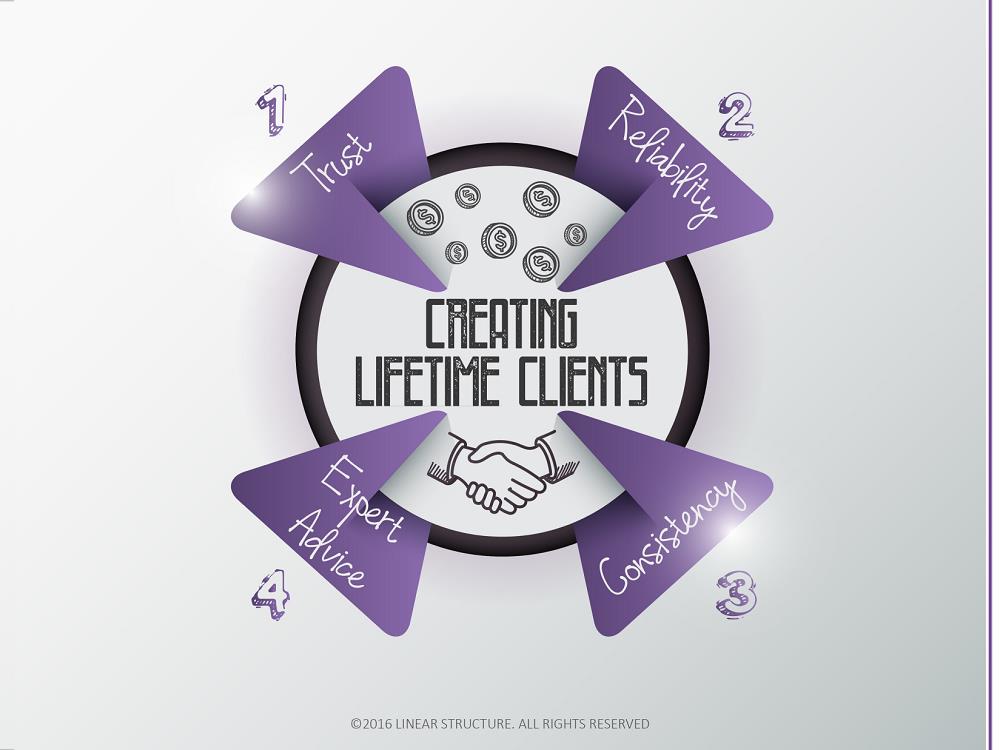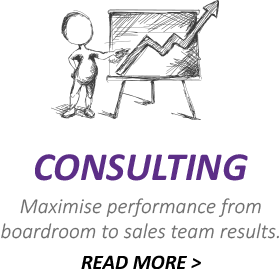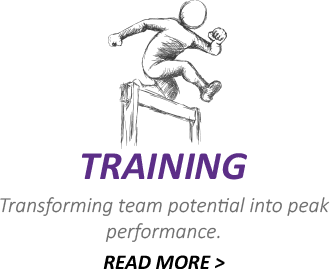Most individuals find change uncomfortable. Don’t let fear of change stop you embracing exciting possibilities and new experiences!
We are living through a period of unprecedented change at a relentless pace. It touches millions and reaches across political, economic and geographical boundaries. In this state of constant change its only natural to want a sense of normality and security, but today’s norm will probably involve you in changing jobs, roles and companies throughout your career.
Whether it’s in their professional or personal lives many people settle for mediocre results and their ‘comfort zone’ rather than trying new experiences or opportunities in life. In the extreme, this keeps you feeling locked in a position where you are unhappy but unwilling to change. Instead of being motivated by the excitement of new experiences you will only move once the situation becomes so painful that you have little choice but to make a move before it is forced upon you.
Organisations can suffer from this same challenge. Leaders who simply want to maintain the status quo or staff who are so stuck in a rut they are unwilling to adopt advancing technology or create new value for their customers.
I’ve been fortunate to know and work with individuals and companies that continually seek out new challenges. They thrive on opportunities and embrace change. And while I’m the first to admit that things don’t always work out perfectly first time, they are much more engaged, successful and fulfilled by adopting this approach.
So, let’s discuss some of the challenges and the keys to successfully managing change.
To thrive in today’s environment requires we identify and develop new qualities and abilities to succeed.
If you’re a sales professional, you have already chosen a career most of the population are too fearful to attempt. Plus, you are willing to take responsibility and accountability for your results!
However, you are not immune from the challenges of constant change.
So, what are some challenges we all face?
Fear of not hitting your sales target.
Fear of our best salespeople resigning.
Fear your sales team will under-perform.
Fear of changing your sales strategy.
Fear of going into a new market.
Fear of introducing a new product range or service proposition.
Fear of changing to a new CRM system or fear of changing your existing sales process.
The list is endless…
Let me share a personal experience in dealing with change. For the past ten years since founding Linear Consulting I’ve had the pleasure of working with some great companies and talented individuals here in the UK and across Europe, and I look forward to continuing to do so.
But in the Spring of 2019 as a family we finally decided to make some major changes. Over the last couple of years, we’d wanted to change things up and have the opportunity to experience some new challenges.
So, we rented our home for a year, changed our children’s education to an International School and moved to Southern Spain on the border with Portugal.
I think we’ve all learned a lot in the last year and some of those lessons I believe you will find valuable in helping you thrive this year as you tackle changes both on a personal level and in developing your sales organisation.
One of the first lessons we learned is, when you attempt to make a big change you will run into a lot of people who will try to tell you why your ideas are wrong, risky or just plain stupid. Their opinions maybe founded on good motive, but often they are simply a reflection of their own comfort zone and an attempt to maintain the status quo.
Develop strong self-confidence, and a knowledge that even if things don’t go exactly to plan and trust me, they won’t. That’s ok, you will be able to find a solution and move forward.
Life is much like an airplane journey, surprisingly all airplanes are off course 99% of the time. The purpose and role of the pilot and the aircraft controls is to continually bring the plane back on course so that it arrives on schedule at its destination. In life, you are the pilot of your own plane. To reach your destination, be that top sales figures, improved health, or increased prosperity, you must get comfortable making on-course adjustments just as a pilot does.
Here are the four qualities we found invaluable.

Clear Vision.
You must first of all determine your destination. This requires clear, specific goals, written down, with plans to accomplish them for each day. If you’re a Sales Manager this means you need to have your sales strategy clearly defined with the business results you want, the sales objectives to reach them and the daily activities you want your team to focus on. Plus, the specific metrics you will use get accountability and measure performance. Now you are in an excellent position to communicate clearly these goals with your team and accurately track your progress.
Courage.
Second, you must take off toward your destination with no guarantee of success. You must be willing to move out of your comfort zone and take risks continually, even though you know that some of them will not succeed, at least at the beginning. Leading a team through this ‘zone of ambiguity’ is one of the most valuable qualities you can develop as a sales leader. As your team will need your help to move from their current state through a period of uncertainty till you reach the desired improved state.
Adaptability.
The third quality, and a real secret of success is that you must be prepared to make continual course corrections. Just as an aircraft faces headwind, storm fronts and unexpected turbulence, you will experience the same in the pursuit of any worthwhile goal. The key to success is to keep your mind fixed clearly on the goal but be flexible about the way of achievement. Be reflective and keep yourself open to feedback, look for new inputs and ideas. Learn from each experience and look for the positives in every setback or difficulty. This past year being adaptable was a real challenge. Moving to a new country, with a different culture and customs, together with learning a new language were demanding. But being both adaptable and flexible was the key to opening up some really wonderful new experiences.
Persistence.
Most of all, you must resolve in advance that you will never give up. Your ability to persist in the face of all adversity in the direction of your goal is what will ultimately guarantee your success. No other quality can match persistence, not talent or education or status. This simple resolve to keep trying has resulted in more wins than anything else. In our experiences this year we have come to learn that in other countries even simple tasks will involve a lengthy multi-step process and plenty of paperwork and bureaucracy!
At the end of the day, we make your own luck through our own hard work and determination. But the qualities we’ve discovered so essential to enjoying this experience are equally valuable to all of us undergoing change. I’m convinced that developing these qualities and skills will make you even more successful and valued in your organisation today and in a future of continual change.
So, decide upon your destination, take off, and be open to the necessity to making continual course corrections until you reach your destination in 2020 successfully.
To Your Continued Success!

 hello
hello hello
hello
 hello
hello




